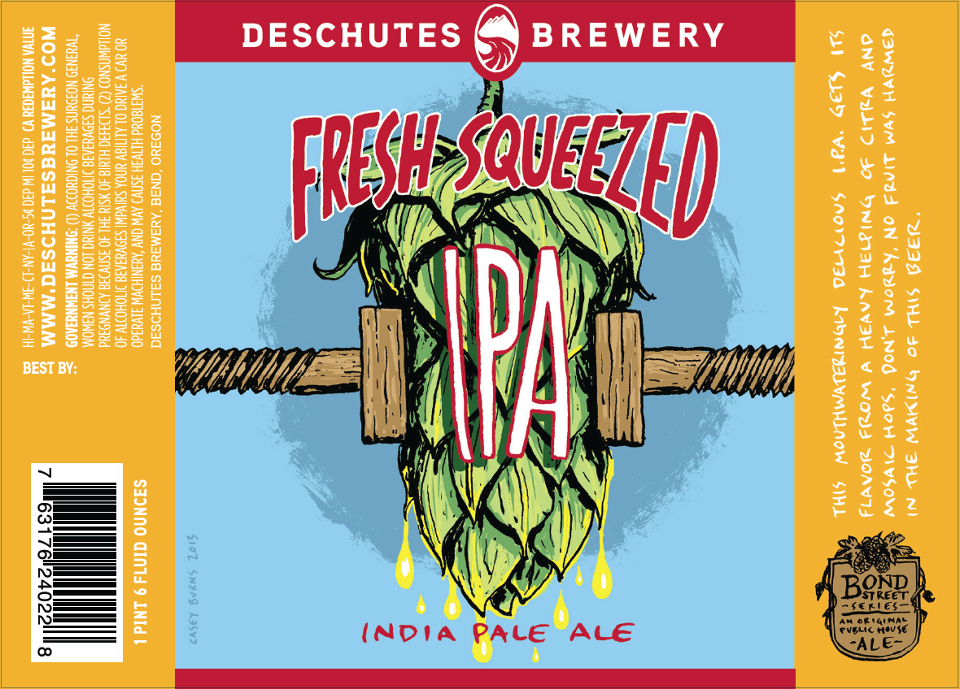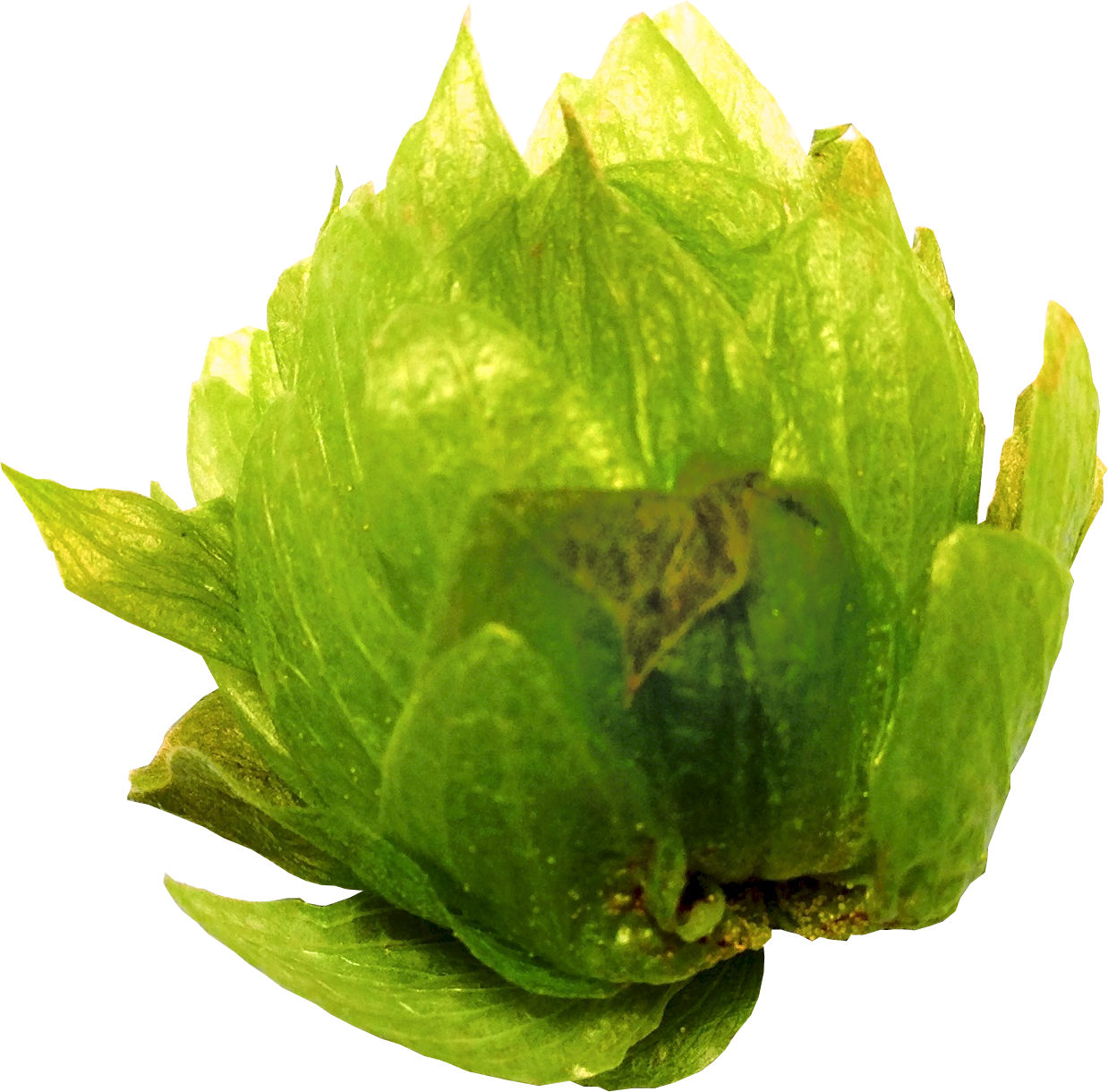What The Hell Does Hoppy Even Mean?
As craft beer becomes more prevalent, so does its most popular ingredient, the hop. Many people recognize the hop as the truly differential factor between craft beer and the more common light American lagers. But what does it mean to describe a beer as ‘hoppy?’ Hoppy is often used as a synonym for the word ‘bitter,’ but there are plenty of beers that use loads of hops and don’t taste the least bit bitter. So, does ‘hoppy’ even mean anything at all? First, it’s important to know what the purpose of hops are in a beer.
One of the primary reasons hops became a more common ingredient in beer several hundred years ago, as opposed to heather or dandelion for example, was because of its antimicrobial properties. Hops would keep the spoilage organisms at bay and help to keep the beer fresh longer. Ultimately though, the reason hops, heather, dandelions, or any other bitter herb was added to beer in the first place was to balance out the sweetness from any residual sugars from the grains that were not fermented into alcohol. If a beer has a higher alcohol content, it will also have more residual sugars and taste sweeter, thus more hops are needed to keep it from tasting too sweet.
So hops add bitterness, yes? Potentially, however the moment in the brewing process that you add the hops will determine what its effect on the beer will be. If you add the hops early on, during the boil, the alpha acids in the hops get isomerized into the wort and it will add bitterness. Depending on the varietal of hop used, the bitterness can range from grapefruit, like in Sierra Nevada Pale Ale, to pine flavors, like in Stone Arrogant Bastard Ale.
If you add the hops at the end of the boiling process, when the wort is being cooled, there is less heat and thus less alpha acids get isomerized, so little to no bitterness is added. Instead, you get the terpenoids, which are aromatic molecules that contribute hop flavors and aromas. Typically, the process of boiling wort drives off these aromatic compounds with the steam, so if these aromas are what you are looking to add, it is important that the hops be added at the end of the boil. Should the hops be added after fermentation is complete, in a process called “dry-hopping,” then they will contribute primarily aroma to the beer. These flavors and aromas contributed by terpenoids can vary, again depending on the varietal of hop that is used. San Francisco’s Anchor Steam is known for its minty hop flavor, for example. New Zealand hops are becoming well known for the tropical fruit flavors they impart, like pineapple, and melons.
 So can a beer be ‘hoppy’ but not bitter? Sure, Deschutes, out of Bend Oregon, just released a beer called Fresh Squeezed IPA. Despite having ‘IPA’ in the name, it is relatively lower on the bitterness scale compared to most IPAs. However this beer has a giant hop aroma! If you couldn’t guess by the name, this beer has a very sweet, fruity nose on it, and the flavors mimic that of a juicy orange. Despite not having any actual citrus fruits in the beer, all these flavors are contributed by the gratuitous use of hops at the end of the brewing process, and in dry-hopping. This beer is ‘hoppy’ in a very different way than a beer like Stone IPA which is very bitter-hoppy.
So can a beer be ‘hoppy’ but not bitter? Sure, Deschutes, out of Bend Oregon, just released a beer called Fresh Squeezed IPA. Despite having ‘IPA’ in the name, it is relatively lower on the bitterness scale compared to most IPAs. However this beer has a giant hop aroma! If you couldn’t guess by the name, this beer has a very sweet, fruity nose on it, and the flavors mimic that of a juicy orange. Despite not having any actual citrus fruits in the beer, all these flavors are contributed by the gratuitous use of hops at the end of the brewing process, and in dry-hopping. This beer is ‘hoppy’ in a very different way than a beer like Stone IPA which is very bitter-hoppy.
‘Hoppy’ alone isn’t enough to describe a beer. Instead it should be followed by descriptions of its bitterness, flavor, or aroma.
